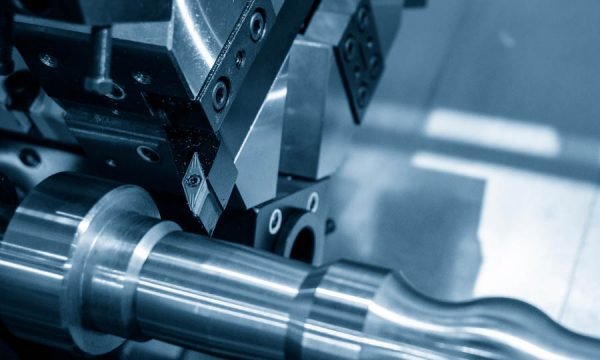When it comes to buying and selling used cars, one question that often crosses our minds is, Who is paying the most for used cars? Whether you want to sell your old vehicle or buy a quality used car, understanding the market demand and pricing trends can greatly benefit you. In this guest post, we will explore the factors that influence the price of used cars and shed light on the demographics of buyers who tend to pay the highest prices.
Table of Contents
1. Economic Factors
1.1 Supply and Demand Dynamics
The supply and demand for used cars are crucial in determining their prices. Buyers with strong preferences might be willing to pay a premium price if there is a high demand but a limited supply of particular makes or models. Similarly, scarcity drives up prices for vehicles with limited production runs or unique features. So, for instance, if you are in the western side of Auckland and want to get cash for cars in West Auckland, you need to assess the supply and demand dynamics there.
1.2 Market Conditions
Economic conditions within a specific geographic area can also affect used car prices. When an economy thrives and consumers have disposable income, they may be more inclined to invest in higher-priced vehicles because they have more cash for cars. Conversely, buyers might be more price-conscious during an economic downturn or recession and seek cheaper options.
2. Demographic Factors
2.1 Enthusiasts and Collectors
Passionate car enthusiasts who value unique models or specialised features often pay top dollar for well-maintained examples of their desired vehicles. These individuals willingly go above market value to secure their dream cars—a trend often observed among collectors who view these purchases as long-term investments.
2.2 High-Income Buyers
Another key demographic segment contributing significantly to inflated used car prices comprises high-income individuals with substantial purchasing power. When selecting their next vehicle, these buyers prioritise prestige brands, luxurious features, cutting-edge technology, and low mileage over price alone.
3. Geographical Factors
3.1 Urban Areas
Prices for used cars tend to be higher in densely populated urban areas where demand outstrips supply. This phenomenon can be attributed to several factors, such as robust economies, higher average incomes, and limited space for vehicle parking.
3.2 Tourist Destinations
Popular tourist destinations often see inflated used car prices due to the influx of visitors who are in need of temporary transportation. Consequently, local residents find it harder to purchase affordable used cars amidst increased demand and competition.
4. Dealerships and Auctions
4.1 Luxury Car Dealerships
Luxury car dealerships catering to affluent customers generally command premium prices for their inventory. With high-quality standards and added benefits such as warranties and certified pre-owned programs, luxury dealerships can sustain higher price tags on used vehicles.
4.2 Auto Auctions
Auto auctions attract diverse buyers, including dealerships, independent resellers, mechanics looking for fixer-uppers, or individuals seeking bargains. The competition witnessed at auctions can result in higher final sale prices if multiple bidders vie for a specific vehicle.
5. Vehicle Condition and Maintenance
5.1 Well-Maintained Vehicles
Cars that have been well-maintained by their owners tend to fetch higher prices in the used car market. Regular servicing, diligent upkeep, and documented maintenance records assure buyers confidence in the vehicle’s overall condition, leading to higher price offers.
5.2 Low Mileage
Buyers value low-mileage vehicles as they typically indicate less wear and tear and a longer lifespan. Buyers seeking cars with low mileage may be willing to pay a premium for such vehicles, particularly if they haven’t been extensively driven or subjected to heavy use.
6. Current Market Trends and Technology
6.1 Trends in Technology
As technology evolves rapidly within the automotive industry, buyers are interested in cars loaded with advanced features like GPS navigation systems, backup cameras, adaptive cruise control, and lane departure warning systems. Used cars equipped with sought-after technology often command higher prices due to increased demand for these features.
6.2 Electric Vehicles (EVs) and Hybrids
With growing concerns about carbon footprints and fuel efficiency, demand for electric vehicles (EVs) and hybrids is rising among environmentally conscious buyers. These eco-friendly cars offer reduced emissions and improved fuel efficiency. Consequently, sellers of used EVs and hybrids can expect better prices due to limited supply and increasing consumer interest.
Conclusion
Understanding who pays the highest prices for used cars involves considering various economic factors influencing the market and the demographics associated with high-value purchases. Knowledge of supply and demand dynamics, market conditions, demographics, including enthusiasts and high-income buyers, geographical influences, and dealership environments allows us to make informed decisions when buying or selling used cars.





